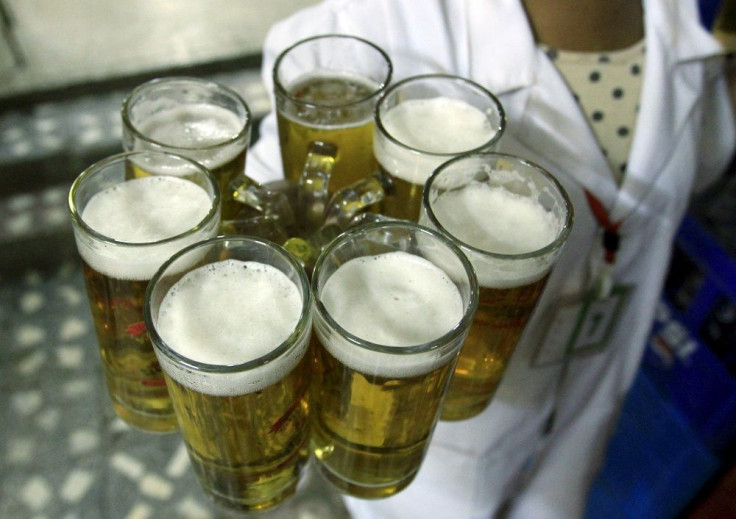New method creates yeast hybrids for new flavours of beer, wine and better biofuels

Makers of beer, wine and other products using yeasts may soon produce new flavours and entirely new products with a new method that creates yeast interspecies hybrids. The method delivers more strains of yeast for the industry to conduct experiments with and enhance their production.
The report, published in the journal Fungal Genetics and Biology, highlights the importance of yeast to fermentation, allowing microbes to convert sugars to alcohol and carbon dioxide. Besides beer and wine, yeasts are also used to produce whiskey, cheese, yogurt, soy sauce and a range of other fermented foods and beverages. The microorganism can also be used to produce biofuels and drugs such as insulin.
"We can achieve hybrids at rates of one in a thousand cells," said lead author William Alexander, a postdoctoral research associate at the University of Wisconsin-Madison in a press release. "It is much more efficient than nature."
Researchers developed the new yeast hybridisation method using plasmids, which are circles of DNA that can help an organism have a genetic quality.
Plasmids were routinely used to manipulate genes in cells. Genes in the plasmids facilitate yeast hybridisation by extracting a naturally occurring yeast protein, which allows two species of yeasts to mate.
"The advantages of the technique are speed, efficiency, and precision," said senior author Chris Todd Hittinger, a UW-Madison professor of genetics. "Within a week, you can generate a large number of hybrids of whatever two species you want, creating forms never seen before."
The researchers produced four new hybrids, with one currently being tested in a new beer recipe. Researchers believe that the new method could potentially help the yeast-dependent industry overcome a bottleneck, due to sterile industrial strains of yeasts that are unable to produce spores.
Contact the writer at feedback@ibtimes.com.au or tell us what you think below




















